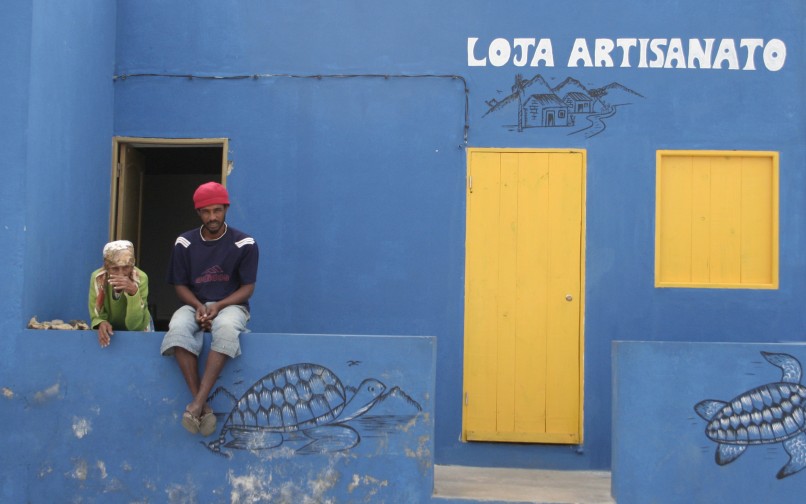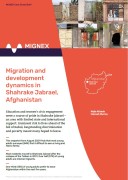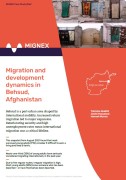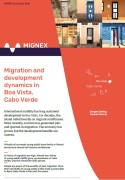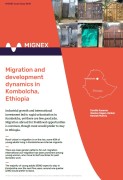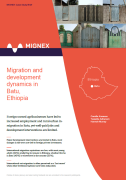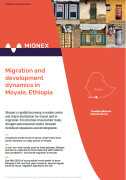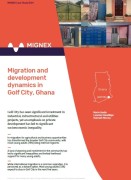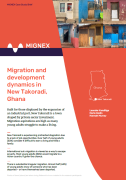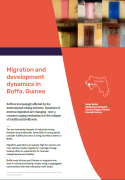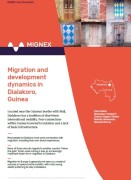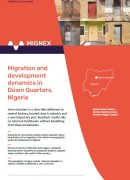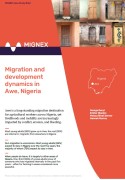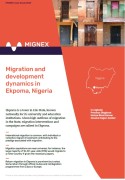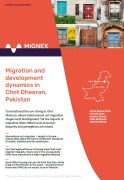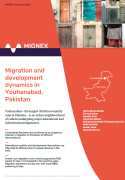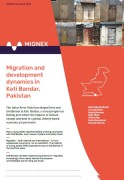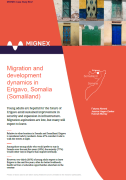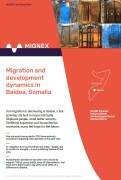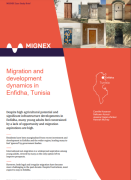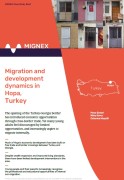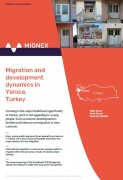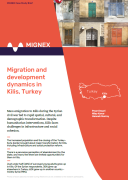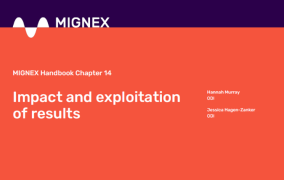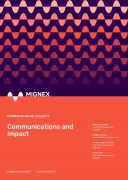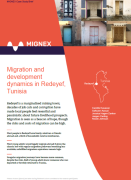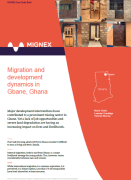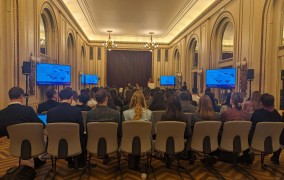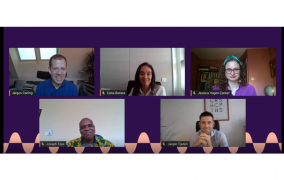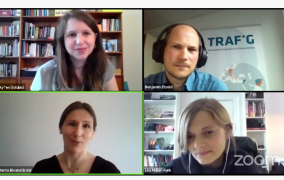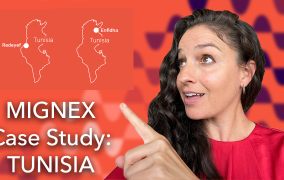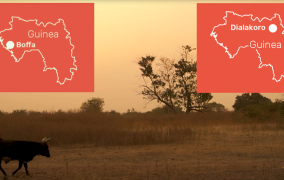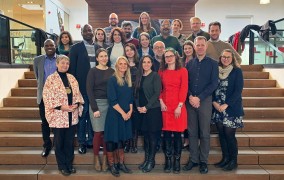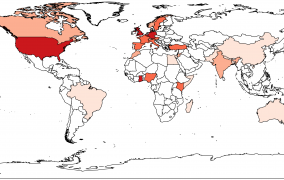Work package
WP10: Impact maximization
Our Impact maximization work package ensures that the new knowledge we produce is accessible and relevant for potential users. This calls for various forms of engagement with potential users throughout the research process.
This work package plays a central role in the project organization and involves every institution in the consortium. It comprises activities in three main areas, all of which are described in greater detail in MIGNEX Handbook Chapter 5, Impact maximization and monitoring.
Communication and dissemination
We have developed a distinct visual identity, publication series, and social media strategy for our communication and dissemination activities. These foundations aim to make MIGNEX output recognizable, appealing and trusted.
End-user consultations
Interaction with end users is important to us for two reasons: first to ensure that the project’s approaches, output, and communication activities are sensitive to end users’ needs, and second, to maximize the impact of the knowledge that we produce. MIGNEX has two fora for continuous interaction with end users: the End-User Board and the End-User Panel, which are both described in the Our impact section of the website. We also engage with end users through other networks and events.
Exploitation of results
MIGNEX will produce a range of results that can be exploited during and after the project’s lifetime. We ensure that results are accessible in user-friendly ways, identify plausible exploitation routes, and promoting exploitation among potential users. Our exploitable results fall into four categories:
-
Managerial: Innovations and experiences in project management are described in the MIGNEX Handbook with a view to serving as a resource for other projects.
-
Methodological: New methodologies and applications are described in MIGNEX Background Papers and in the MIGNEX Handbook in order to facilitate use in future research.
-
Empirical: Our data sets are made available for public use and conform to the standards of being findable, accessible, interoperable and reusable (FAIR), as described in MIGNEX Handbook Chapter 3, Data management plan.
-
Analytical: New knowledge on the connections between migration, development and policy are communicated through a range of publications. In order to maximize exploitation among diverse users, new insights are presented in several formats with different levels of technical detail.
